Last week my husband Alex and daughter Isla made a short trip to Rome. Here are some of their photographs and thoughts on the experience.
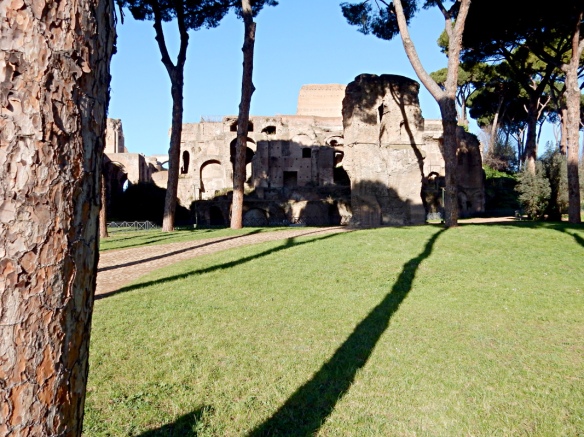
Roman ruins on the Palatine hill in bright early morning sunshine
You cannot do justice to all that Rome has to offer in three days. We tried to cover just a few of the tourist highlights but it was more of a brief introduction than a chance to understand this historic city. Visiting in January has the advantage that the sites are much less crowded but you can end up arriving during a cold snap as we did. The bright sunshine in our photos does not convey how cold it was, with ice on the puddles and a biting wind (we passed on the gelato!)

The Palatine ruins were much bigger and more interesting than anticipated. We were left feeling we should have done much more reading before the visit.

The low morning sunshine made for some dramatic shadows

The scale of these buildings that are heading towards 2000 years old is staggering but it is very hard to imagine what they would have looked like when clad in marble and plaster

Fragments of marble dotted all around give clues to what these palaces must have looked like in their glory
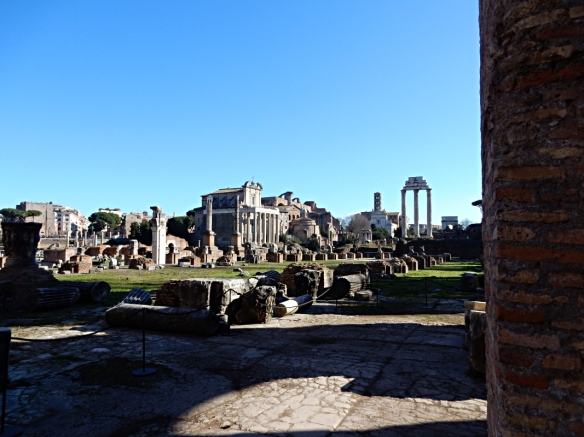
The Roman Forum – A fascinating but puzzling jumble of foundations and disjointed bits of architecture
We both found the Roman Forum a real challenge to the imagination. You try to picture it as it must have been in its heyday but also as it was in the dark ages, buried under soil and used for grazing animals.

The Colosseum – Rome’s equivalent of Wembley Stadium but a bit more gruesome!
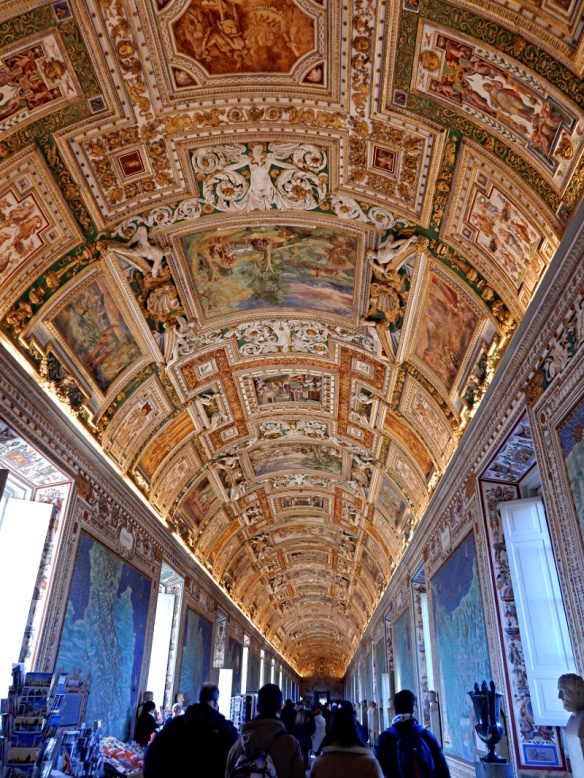
Vaticam Museums – The Hall of Maps. The Museums gave a feeling of decoration gone mad. After a while the obsessive covering of every surface with paint or gilding began to feel oppressive

The decoration of the Vatican Museums varies wildly in quality but offers lots of amusing details. This very human lion sitting by his St. Jerome caught our eye

Beautiful tourist Rome – The Tiber from the top of Castel Sant’Angelo

The Baths of Diocletian
On our final morning in Rome we visited an unexpected gem, The Baths of Diocletian. Built around 300 AD this vast complex offered bathing for several thousand people and it really brings home the scale that the Romans built on. Equally impressive is the sensitive reuse of the buildings. (Building onto historic ruins rather than knocking them down to build afresh seems a notable theme in Rome.) Around 1563-4, Michelangelo worked to convert the ruins into a church (Basilica of St. Mary of the Angels and the Martyrs) and a monastery. At the age of 86 this was his last architectural project. He placed the new building work inside the original walls leaving the Roman brickwork exposed which works beautifully. Today the Basilica remains but the rest of the complex has largely been converted into part of the Museum of Rome.

Michelangelo’s Cloister – Part of the monastic complex at the Baths of Diocletian, now part of the Museum of Rome
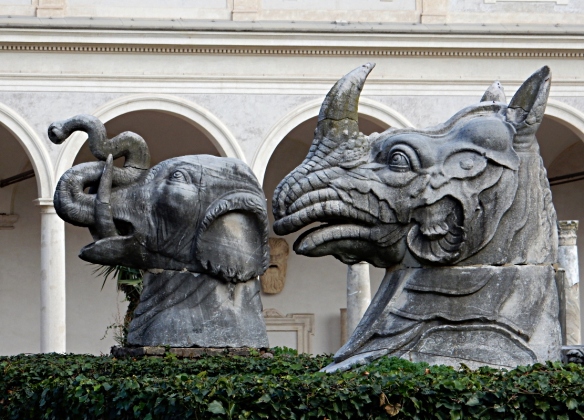
In the centre of the gardens are iconic sculptures of animal heads

Around the huge cloister are hundreds of examples of classical Roman sculpture

Among the sculptures are many wonderful grotesque heads

This refined lady could belong in a Victorian drawing room but is from a tomb dated to around 40AD
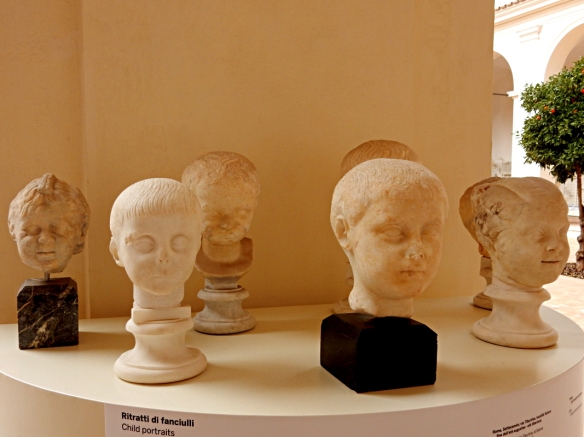
A display of child’s heads was very moving and powerful
On the flight back to London, Isla amused herself by composing a series of Rome-related acrostic poems. Here is one inspired by the Diocletian Baths and the display of child portraits shown above:
Dismembered heads seem entirely
Innocuous until the
Object in question is a
Child. Pale lips an eternal moment from speech,
Locks of hair unmoved by chill breeze, and
Eyes never carved to completion.
They loved this face enough to make it marble. While the laughing boy
Is now forgotten, love
Anchors to his every
Nick and fracture.



















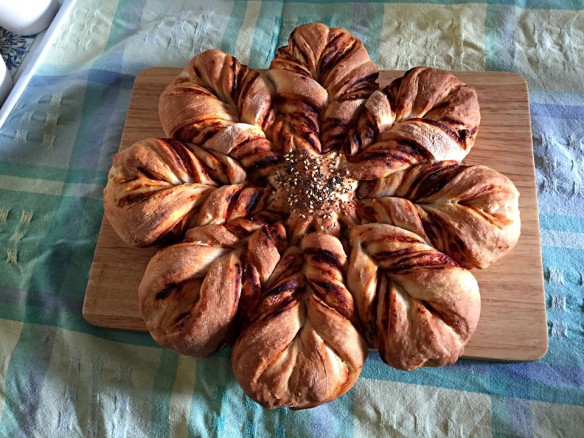
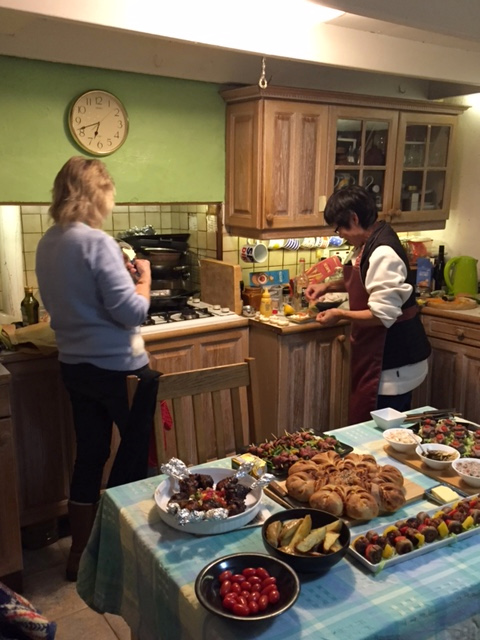
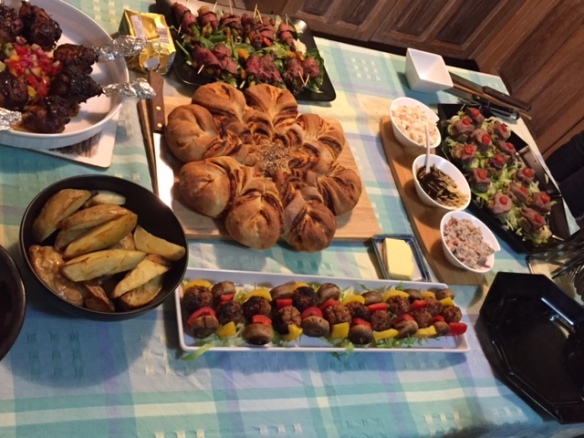
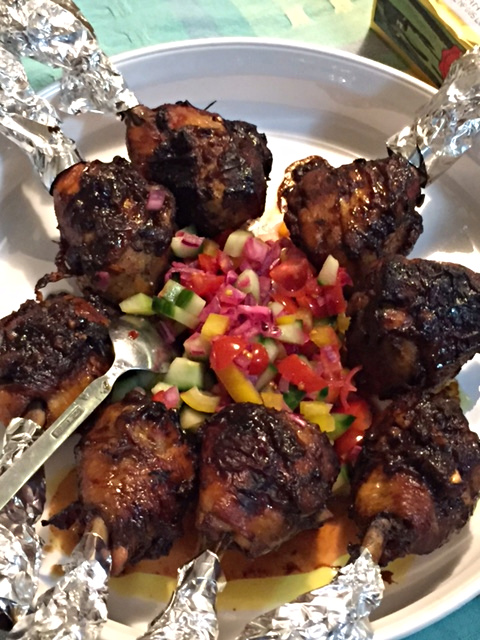
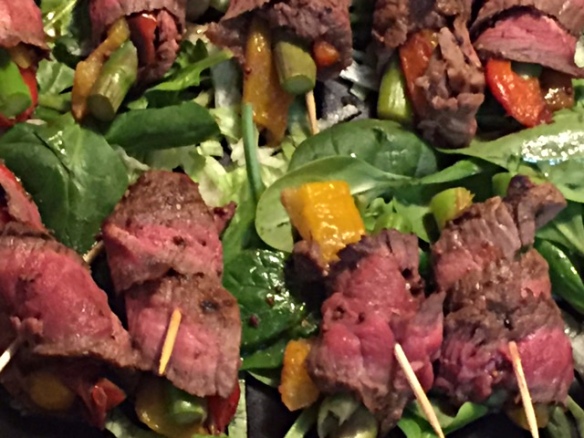
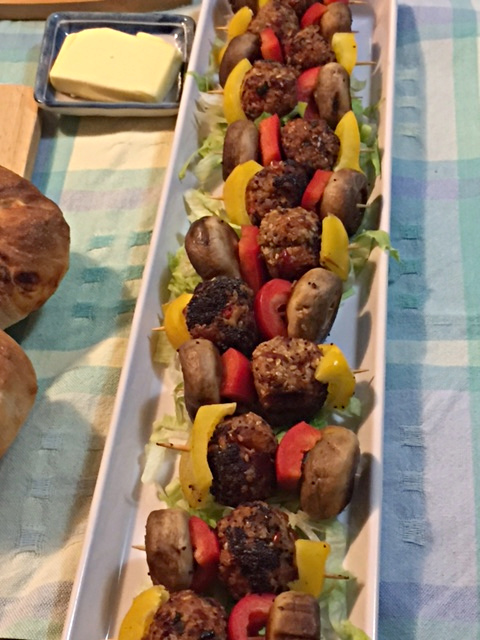
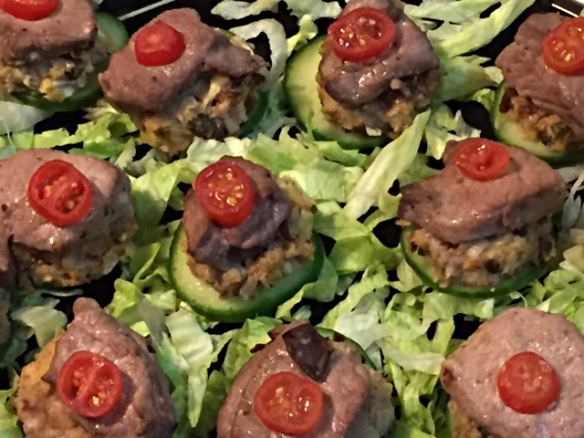
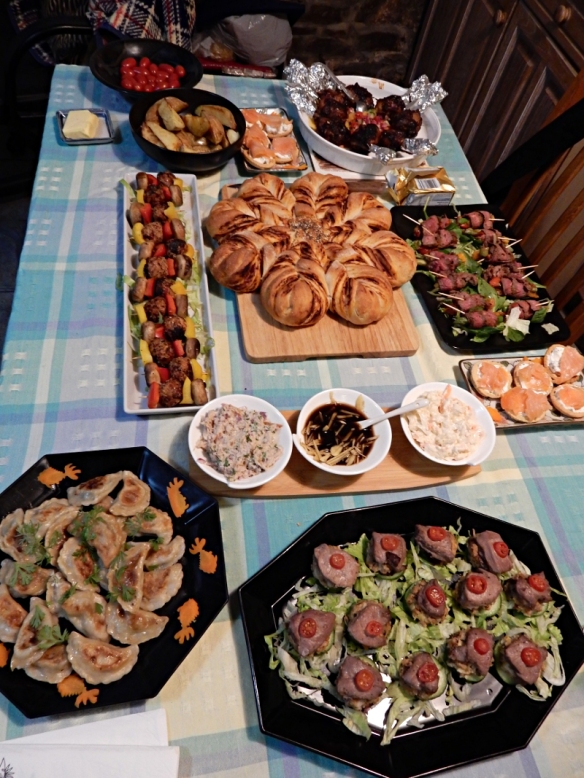
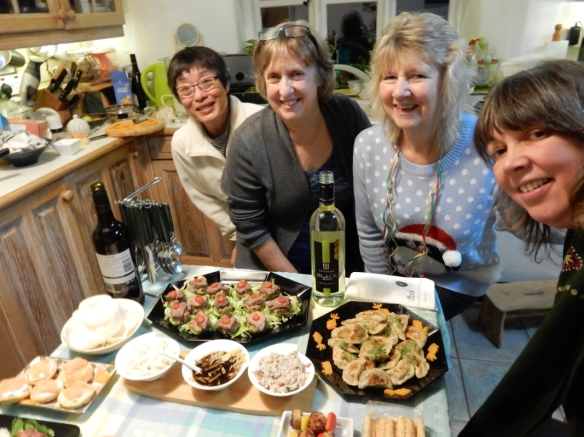















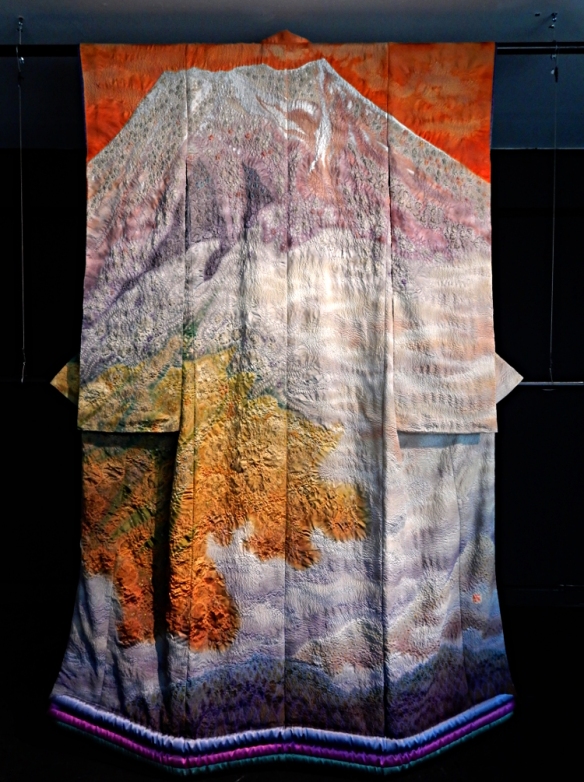














 The show features examples from some ten countries in the Asia-Pacific region, plus items from Latin-America, the Middle East, West Africa and Europe.
The show features examples from some ten countries in the Asia-Pacific region, plus items from Latin-America, the Middle East, West Africa and Europe.







































































